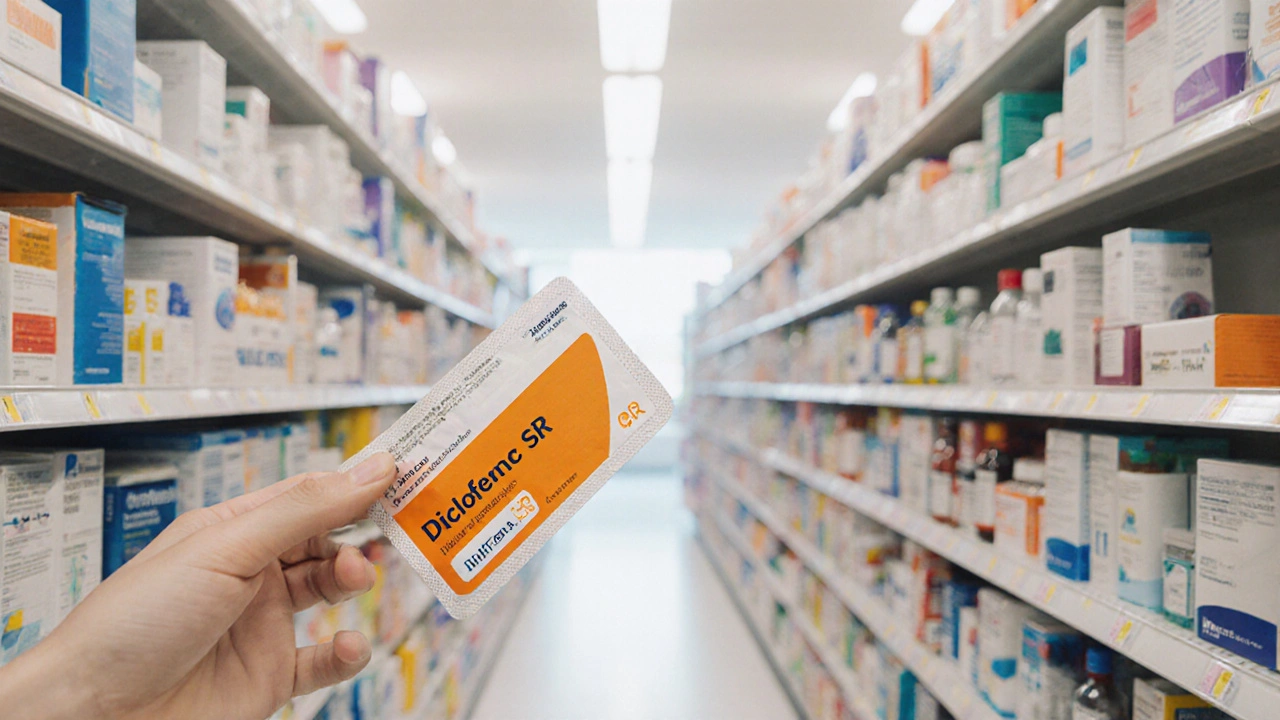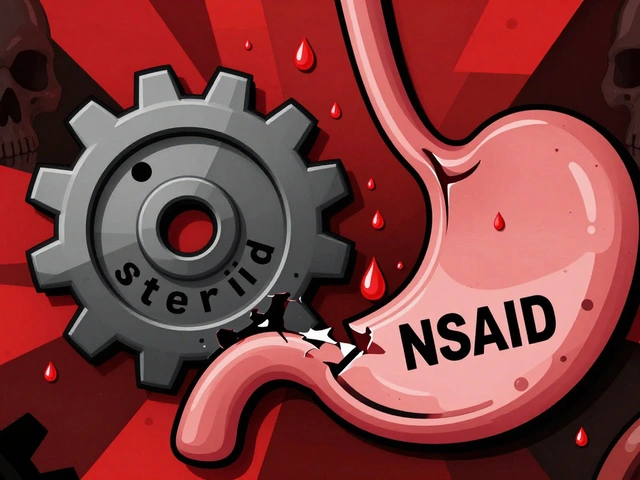NSAID Alternatives: Safer Paths to Pain Relief
When thinking about NSAID alternatives, options that replace or complement non‑steroidal anti‑inflammatory drugs for pain, fever, or swelling. Also called non‑NSAID pain relief, they let you avoid the stomach and cardiovascular risks linked to classic NSAIDs. Non‑steroidal anti‑inflammatory drugs, a class of medicines that block COX enzymes to reduce inflammation are the benchmark, so any alternative must address the same symptoms while offering a different safety profile.
One of the most common substitutes is acetaminophen, a pain reliever and fever reducer that works mainly in the brain, not the inflamed tissue. The semantic triple here is: NSAID alternatives include acetaminophen, which lowers fever without anti‑inflammatory action. This means you get relief from headaches or mild aches without the gut irritation typical of ibuprofen. The key attribute is its liver metabolism, so checking dosage limits is crucial.
For people looking for a more natural route, herbal supplements, plant‑based extracts such as Scotch thistle, turmeric, or ginger that have anti‑oxidant and mild anti‑inflammatory effects are gaining popularity. Here’s another triple: Herbal supplements serve as NSAID alternatives by supporting the body’s own inflammation pathways. Scotch thistle, for example, helps protect liver function, which can be especially useful if you’ve been on NSAIDs for a long time. These botanicals usually have a gentler side‑effect profile, though quality and dosing vary.
Topical options also count. Topical steroids, creams or gels that reduce local inflammation by dampening immune response in the skin or joints can replace oral NSAIDs for conditions like arthritis or dermatitis. The triple: Topical steroids are an NSAID alternative that works directly on inflamed tissue, minimizing systemic exposure. They’re especially handy for people who can’t swallow pills or who need fast, site‑specific relief. Always follow a doctor’s guidance to avoid skin thinning.
Beyond drugs, lifestyle tweaks are powerful NSAID alternatives. Regular low‑impact exercise, weight management, and an anti‑inflammatory diet (rich in omega‑3s, fruits, and vegetables) can lower baseline inflammation. Physical therapy, for instance, provides targeted muscle support that often reduces the need for medication. The triple: Choosing NSAID alternatives often requires integrating physical therapy, which improves joint function and cuts pain medication use. These approaches don’t replace medication when you need it, but they create a foundation that lets you use lower doses.
Mindfulness and stress‑reduction techniques also belong in the toolkit. Simple breathing exercises or guided meditation can blunt the pain signal cascade, making it easier to rely on non‑drug options. The relationship is clear: Mindfulness supports NSAID alternatives by modulating the nervous system’s response to pain. Even short daily sessions can improve sleep and reduce the overall perception of discomfort.
Below you’ll find a curated list of articles that dive deeper into each of these alternatives— from buying cheap generic acetaminophen safely, to comparing herbal supplements like Scotch thistle, to understanding when topical steroids make sense. Whether you’re looking for a drug‑free plan or just want to broaden your pain‑management options, the posts ahead give practical steps, side‑effect alerts, and cost‑saving tips to help you choose the right NSAID alternative for your situation.

Diclofenac SR vs Other NSAIDs: Detailed Comparison & Alternatives
A thorough side‑by‑side comparison of Diclofenac SR and top NSAID alternatives, covering effectiveness, risks, costs, and best‑use scenarios for informed pain‑management decisions.
read more




